The RBA should have realised the party was over
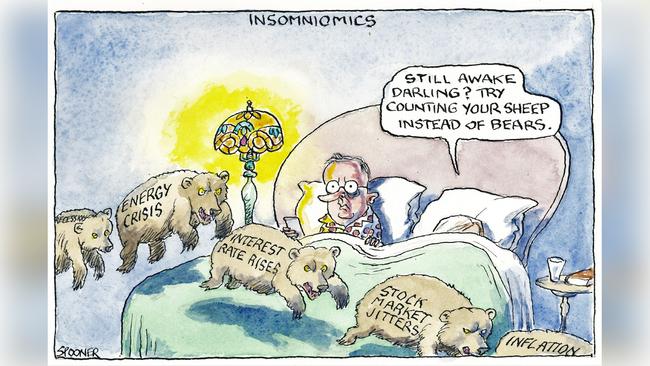
Global sharemarkets, which are forward looking, are sending increasingly concerning signs that Australia and much of the world is entering into a period of economic turbulence. Covid-19 and the Russia-Ukraine war may be contributing factors but are not the drivers. Much like in the 1970s, inflation markers were present well before various geostrategic shocks.
Inflation is caused by too much money chasing too few goods and services. When this happens, demand outstrips supply, causing prices to rise. Loose monetary policy by central banks not only facilitates too much money in an economy but it absolves governments from recognising the true costs of poor public policy choices.
Much is said about the economic lethargy of centrally planned economies. Yet right in the heart of most market economies, central banks continue to tinker with the price of money – an activity that flows through the global economic bloodstream.
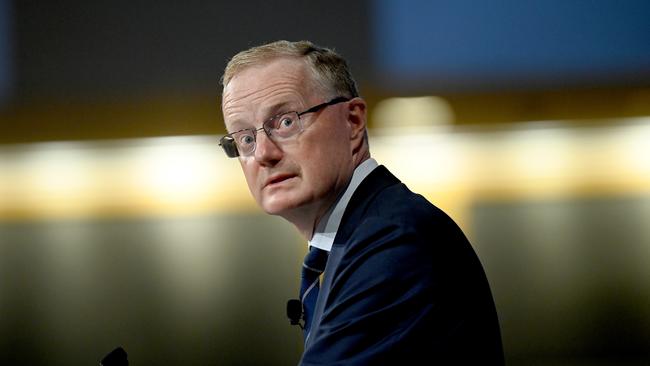
The US Federal Reserve records the period 1965 to 1982 as the Great Inflation. During this period historians noted “the greatest failure of American macro-economic policy in the post-war period”. Such policies included unprecedented peacetime wage and price controls.
In the context of monetary policy chasing full employment, the world economy was shaken by the first oil crisis. In response, US president Richard Nixon announced petrol rationing and price controls. With history rhyming, former prime minister Malcolm Turnbull recently called for gas rationing and price controls.
Last week the US recorded 8.6 per cent annualised inflation, a 40-year high. It was 8.1 per cent in Europe; not quite at the 73 per cent rate in Turkey.
Much of this coming inflation-driven economic pain is the result of poor monetary policy. Rather than heed the wise advice that the role of central banks is to “take away the punch bowl just when the party gets going”, contemporary central bankers have instead spiked the punch to try to keep the party going indefinitely.
Instead of permitting occasional but modest recessions to perform the vital function of purging an economy of misdirected investment or ill-considered public policies, central banks appear to have taken on the task of preventing any and all recessions.
More recently, whenever governments implemented anti-supply or anti-productivity policies, central banks stimulated through ever reducing interest rates to counter the economic costs of such measures. This created the false impression that ever-growing regulation, taxation and government spending had negligible economic cost.
Monetary policy used to be managed directly by central governments. In recent years there has been a trend to give independence to central banks, the idea being that central banks would be independent of politics and willing to focus on keeping inflation low.
However, since the granting of their independence, central banks increasingly have engaged in quasi-political activities. Venturing past their mandates of price and financial system stability, central banks seek to engage in business cycle smoothing and broader matters such as climate change policy and equality advocacy.
With interest rates trending to zero in the past 30 years, restricting their toolkit, central banks reverted to a policy long buried because of its destructive effects; debt monetisation through printing money to buy government bonds. In the past 24 months, the Reserve Bank of Australia created more than $400bn, of which nearly $350bn was used to buy federal and state government bonds.
The RBA described such measures as part of its “comprehensive policy response to the effects of the (Covid) pandemic”. More correctly, it was a facilitation of governments’ response, with such language reflecting the RBA’s nouveau mindset of public policy player. In conducting monetary policy in this manner, the RBA enabled Australian governments to flood the economy with money in response to a supply shock.
This was a case study in inflation stimulation. It also engineered one of the greatest intergenerational wealth transfers seen. This liquidity tsunami led to significant asset price inflation, particularly of property, blocking many younger Australians out of the market. It also enabled governments to undertake a significant debt binge on questionable expenditures, leaving the credit card bill to the young and to be born.
It is not as though the RBA could not foresee such outcomes. According to Treasury, the non-accelerating inflation rate of unemployment is between 4.5 per cent and 5 per cent. The NAIRU is the rate of unemployment below which inflation accelerates. While Australia’s unemployment rate was sitting comfortably below 4 per cent, the RBA continued stimulus with emergency level official interest rates and ongoing government and semi-government bond purchases. History rhymes again.
Recently, former RBA economist and AMP chief executive Andrew Mohl observed: “The RBA’s credibility is in tatters. So much for cash rates not rising until at least 2024. So much for its commitment to hold medium-term bond rates at 0.1 per cent. So much for its forecast that inflation would remain below 3 per cent.”
New Treasurer Jim Chalmers is proposing to undertake a review of the RBA. This would be the first such review in 30 years and is long overdue. There are many questions to be asked about the conduct of monetary policy in Australia, but whether the governance arrangements of the RBA remain fit for purpose also needs consideration.
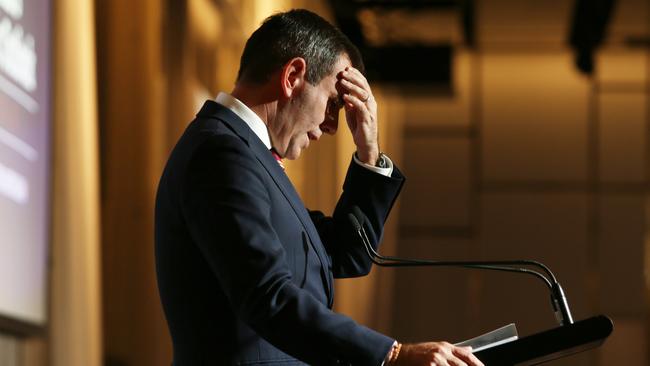
Contrary to generally accepted corporate governance best practice, including ASX Corporate Governance Council recommendations and Australian Council of Superannuation Investors governance guidelines, the RBA has an executive chairman and executive deputy chairman in the governor and deputy-governor respectively. Additionally, the principal stakeholder of the RBA, the Treasury, is also represented on the board.
The nomination process also should be considered given the career pathways of recent governors.
Despite diversity rhetoric, the current and two prior governors were career RBA employees. The current deputy governor, the putative successor, is also a career RBA employee.
The RBA may have been mugged by reality with local and international inflation numbers, but it should not have been. Perhaps it is time that the RBA be mugged by accountability. An independent and robust review of the RBA is long warranted.
Dimitri Burshtein is a Sydney-based former government policy analyst.

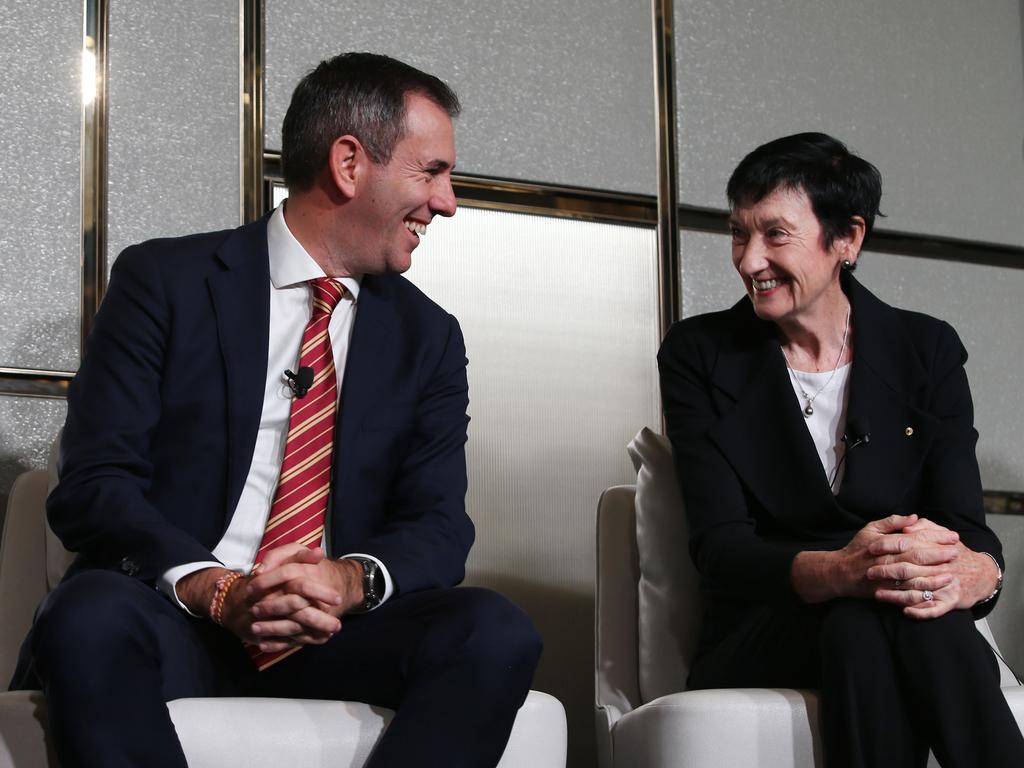
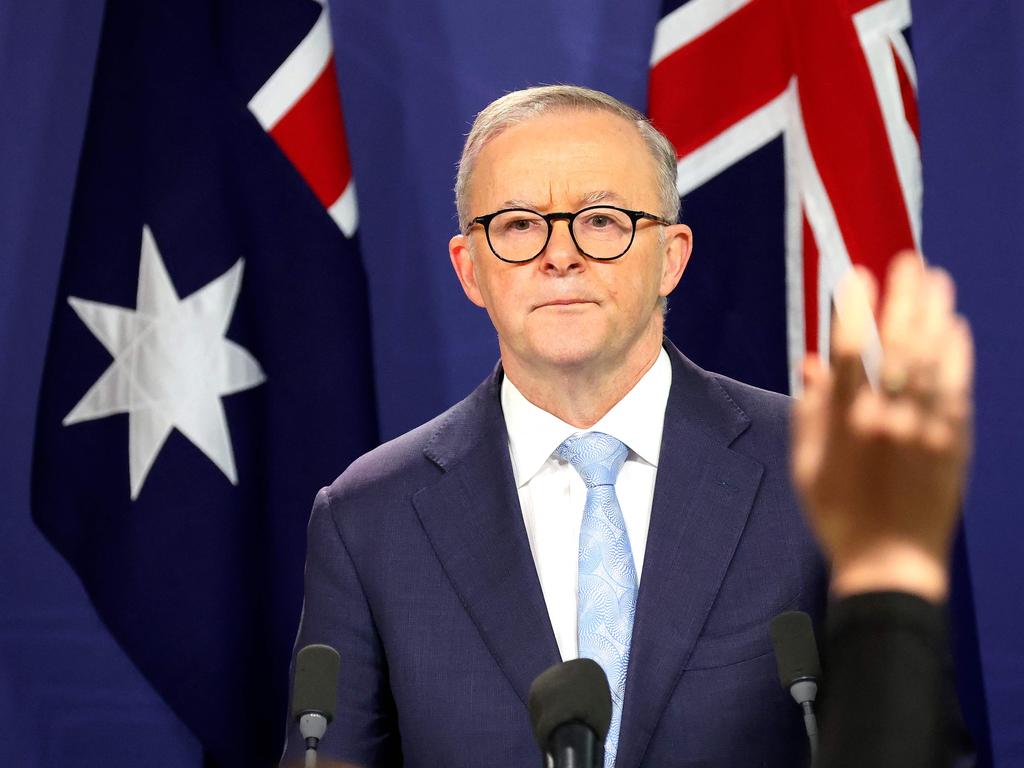



It was bound to end in tears. A generation of central bankers, unscarred by prior inflation experiences, seemingly ignoring modern history and imbued with spreadsheet-driven epistemic immodesty, have led us to a new inflation crunch.